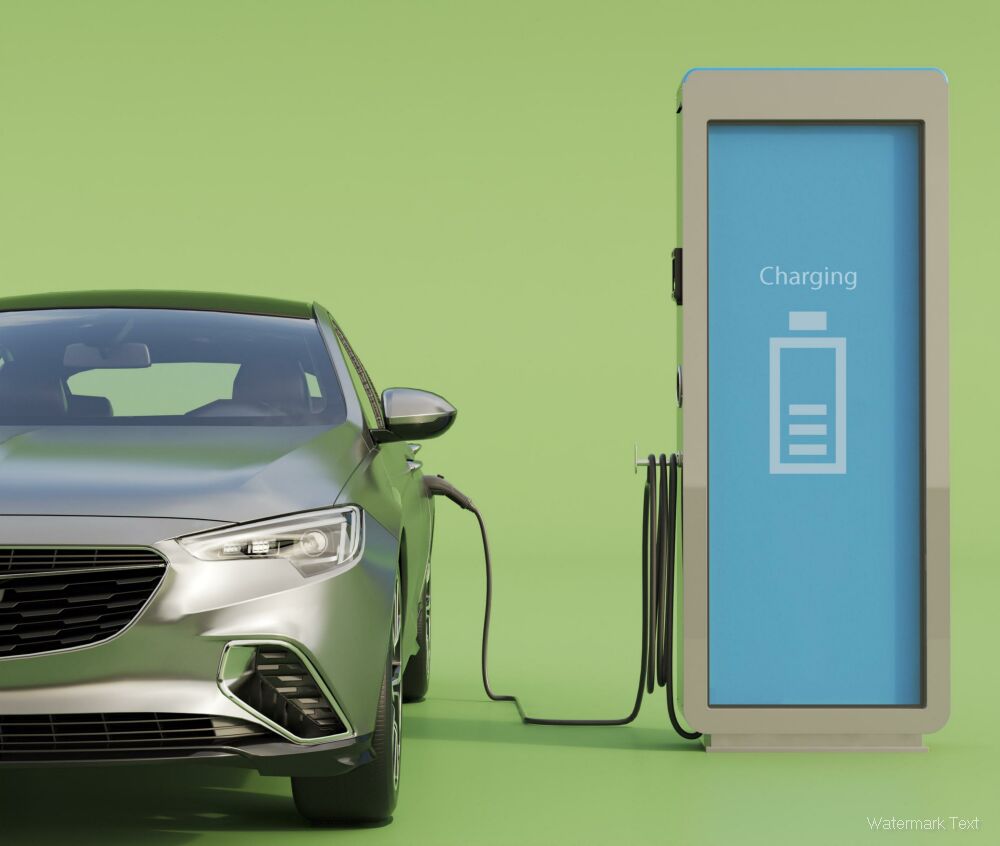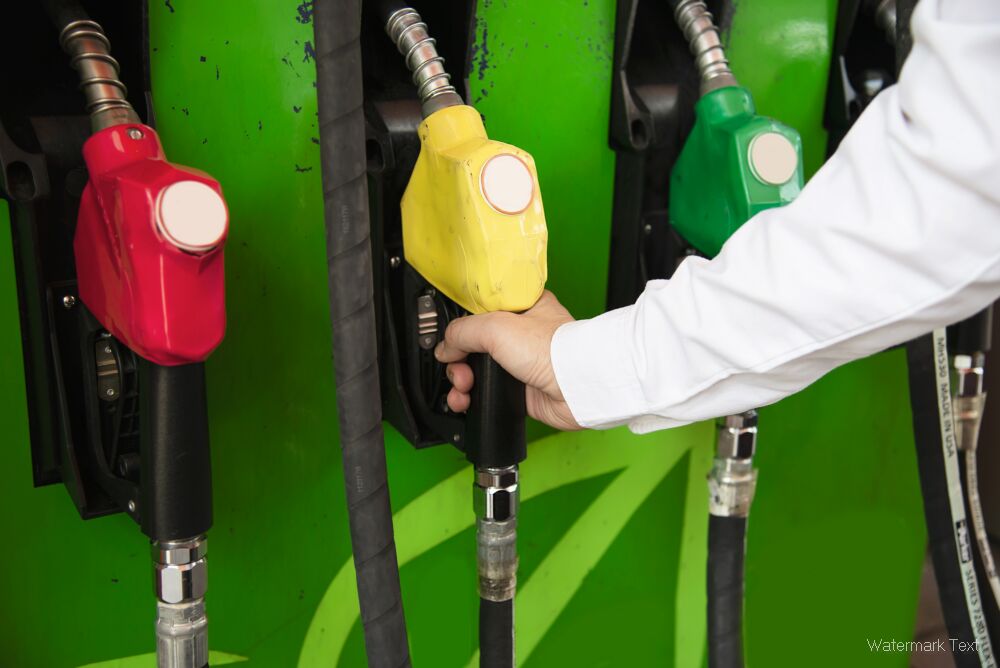Hydrogen fuel cell vehicles (FCVs) are at the forefront of the automotive revolution, promising a cleaner, more sustainable future. As the world grapples with climate change and the need for greener energy solutions, hydrogen FCVs offer a compelling alternative to traditional gasoline-powered cars. In this blog, we will explore the fascinating history of hydrogen fuel cell technology, its current state, and what the future holds for this innovative mode of transportation. ??

A Brief History of Hydrogen Fuel Cells
The concept of using hydrogen as a fuel source dates back to the early 19th century. In 1839, Sir William Grove created the first fuel cell, which combined hydrogen and oxygen to produce electricity. However, it wasn't until the late 20th century that hydrogen fuel cells began to gain traction in the automotive industry.
In the 1990s, major automotive manufacturers like Toyota and Honda started investing in hydrogen technology, leading to the development of the first commercially available hydrogen fuel cell vehicles. The Toyota Mirai, launched in 2014, marked a significant milestone, showcasing the potential of hydrogen as a viable alternative to fossil fuels.
Key Milestones in Hydrogen Fuel Cell Development
| Year | Milestone | Description |
|---|---|---|
| 1839 | First Fuel Cell | Sir William Grove invents the first fuel cell. |
| 1960s | NASA Uses Fuel Cells | NASA employs hydrogen fuel cells for space missions. ? |
| 1990s | Automotive Interest | Major car manufacturers begin investing in hydrogen technology. |
| 2014 | Toyota Mirai Launch | The first mass-produced hydrogen fuel cell vehicle hits the market. |
| 2020 | Growth in Infrastructure | Increased investment in hydrogen refueling stations worldwide. |
Current State of Hydrogen Fuel Cell Vehicles
As of 2023, the hydrogen fuel cell vehicle market is experiencing significant growth. According to recent statistics, the global hydrogen fuel cell vehicle market was valued at approximately $3.5 billion in 2022 and is projected to reach around $25 billion by 2030, growing at a compound annual growth rate (CAGR) of 30%. ?
Market Growth and Adoption Rates
| Region | Market Value (2022) | Projected Value (2030) | CAGR (%) |
|---|---|---|---|
| North America | $1 billion | $7 billion | 25% |
| Europe | $1.2 billion | $9 billion | 35% |
| Asia-Pacific | $1.3 billion | $9 billion | 30% |
The growth in the hydrogen fuel cell market is driven by several factors, including government incentives, advancements in technology, and increasing consumer awareness of environmental issues. Countries like Japan and Germany are leading the charge, investing heavily in hydrogen infrastructure and promoting the adoption of FCVs. For more insights on government initiatives, you can check out Hydrogen Fuel Cell Partnership.
Advantages of Hydrogen Fuel Cell Vehicles
- Zero Emissions: FCVs emit only water vapor, making them an environmentally friendly option. ?
- Quick Refueling: Refueling a hydrogen vehicle takes about the same time as filling a gasoline car, typically around 3-5 minutes.
- Long Range: Many hydrogen vehicles can travel over 300 miles on a single tank, comparable to traditional vehicles.
The Future of Hydrogen Fuel Cell Vehicles
Looking ahead, the future of hydrogen fuel cell vehicles appears promising. With ongoing advancements in technology and infrastructure, several trends are emerging:
Trends Shaping the Future
- Increased Investment: Governments and private sectors are pouring billions into hydrogen research and infrastructure. For instance, the European Union has committed to investing €470 billion in hydrogen technologies by 2050.
- Expansion of Refueling Stations: The number of hydrogen refueling stations is expected to grow significantly. As of 2023, there are over 500 stations worldwide, with projections suggesting this number could exceed 1,500 by 2030. ?
- Integration with Renewable Energy: Hydrogen production from renewable sources, such as wind and solar, is gaining traction, making hydrogen a truly sustainable energy source.
Challenges Ahead
Despite the promising outlook, several challenges remain:
- Cost of Production: Currently, hydrogen production is expensive, particularly when derived from renewable sources.
- Infrastructure Development: Building a comprehensive network of refueling stations is crucial for widespread adoption.
- Public Awareness: Educating consumers about the benefits and safety of hydrogen technology is essential for market growth.
Conclusion
Hydrogen fuel cell vehicles represent a significant step towards a sustainable future in transportation. With a rich history and a bright future, these vehicles are poised to play a crucial role in reducing greenhouse gas emissions and combating climate change. As technology advances and infrastructure expands, we can expect to see more hydrogen vehicles on the roads, contributing to a cleaner, greener planet. ?
For more information on hydrogen fuel cell technology and its applications, visit Fuel Cell & Hydrogen Energy Association. The journey of hydrogen fuel cell vehicles is just beginning, and it promises to be an exciting ride!



